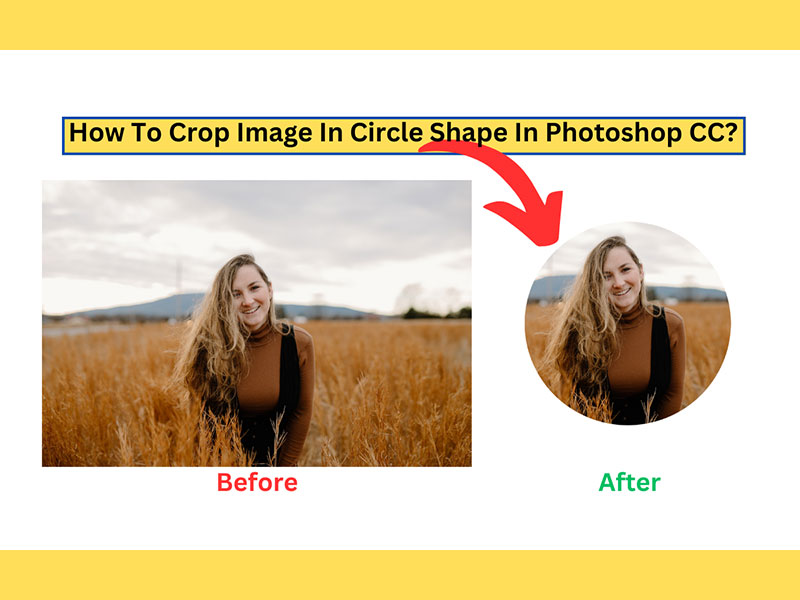In today’s world where everything is digital, e-commerce has become a way of life. No matter what the product or service is, people like to sell and shop online. According to Statista, in 2019, there were around 1.92 billion digital buyers, and e-commerce sales accounted for 14.1% of retail purchases globally. The growth is simply remarkable, and it is not going to slow down anytime soon. This is probably great news for both buyers and sellers.
But the business of online selling is not as easy as it seems, especially when it comes to artwork. Selling art is much more difficult than creating it. Earlier, artists used to sell their artworks in brick and mortar galleries. They used to announce the date, time, and venue of the exhibition and all art lovers would gather under one roof to buy their favorite art pieces. Since artists used to sell their work personally, it was much easier for them to explain their artwork and convince people to buy them.
Now, times have changed! We live in a digital era. Artists have started selling their art online as they find it more convenient and cost-effective than conventional methods. This has increased competition in the art industry. In such a scenario, gaining the attention and convincing people to buy your artwork is quite challenging. But don’t lose your heart! In this blog, we will be sharing nine proven tips that can help you in selling your artwork online with much ease. Let’s get started!
1). Know your specialty:
Every artist has a unique style. But those who are novices, they often get confused with which style to opt. This makes them create their artwork randomly. Well, when it comes to selling artwork online, this may not be the right approach to follow. They should choose a style they are passionate about.
For example, in hand-lettering, there are major styles included such as serif, sans-serif, vintage, cursive, graffiti, creative lettering, and many more. The sub-lettering styles are also prevalent such as playing with colors, adding some effects, tweaking the perspective, working with shadows, etc. Similarly, illustrations also have plenty of styles such as pen and ink illustration, pencil illustration, wood-cutter illustration, charcoal illustration, etc. Many illustrations are created by acrylics, watercolors, and lithography, which too are favorites of many artists.
Out of these styles, master only a few of them so that you can stay focused on your work and make the most of it. This will help you project yourself as a professional more easily.
2). Open an online shop:
Once you have found out your specialty, the next step is to open an online shop. Don’t worry! Here we are not asking you to purchase a domain and hosting for setting up your e-store. Why spend when you can set up your e-store for free? That’s right!
Nowadays, companies like PrintShop by Designhill offer massive opportunities to all artists and designers to open up their independent online stores for free and sell their artwork on a plethora of products. Being an independent platform, the artists enjoy complete freedom of setting their own prices and claiming royalties on every sale. This not only helps them earn a handsome amount of money but also gives them a phenomenal exposure to millions of customers worldwide. Currently, the platform has 50,000+ products for sale and 20,000+ artists from all over the world.
3). Research your competitors:
Every business has competitors, and art is not an exception. There are thousands of artists out there, both freshers and established ones, which are competing hard to sell their artwork online. In your field, you will have to deal with direct as well as indirect competition. Those who sell the same art as you do, are your direct competitors. And those who use the same keywords and content as you do, to make themselves noticeable to prospects in search engines are your indirect competitors. Research your competitors and figure out how they are selling their artwork, what strategies they are following, what type of content they are using to promote and sell their artwork.
4). Identify your target audience:
This is very important! You can’t sell your art until and unless you know your audience well. Not everyone is interested in all types of art. Targeting and marketing people who are not interested in your artwork will make you land up nowhere. It will totally be a waste of time, energy, and most importantly, money. If, for instance, you are an artist who specializes in painting horses, then your target audience will probably be the fine art collectors who have a passion for horses. So the bottom line is, if you want to go a long way, it is crucial to identify your target audience.
5). Write compelling artwork descriptions:
As mentioned above, earlier it was quite easy for artists to convince buyers and sell artwork because they came in direct contact with them. But nowadays, the scenario has changed. To convince online buyers in purchasing a particular artwork, it is important to have compelling descriptions. The best website will allow you to write a full description of every artwork you upload, as well as bio and artistic statements. While writing descriptions, make sure the content is error-free and optimized for search engines. Here optimization only means using the same keywords that your art buyer probably uses while searching for artwork online. Apart from that, make sure you keep your descriptions brief and concise for the best results.
6). Set the right pricing:
For artists, it’s quite normal to feel like their work is preciousand should be sold at a price that reflectstheir expertise and inspiration. However, if you are new in the industry, to sell your artwork, you need to make that first sale. Here we are not asking you to set a very low price. But, yes, to attract the audience and make them buy your artwork, you need to set neither low nor a very high price. The secret of marketing art is to make people buy the artist and not the artwork. To set the right price, research on comparable artwork, give yourself a living wage, and once you settle on a price, be consistent with it. Changing the price frequently will not only confuse your audience but also makes your artwork less worthy.
7). Get Social
In the last few years, social media has gained a lot of popularity. To keep themselves updated for any type of news, people prefer to visit social media websites, rather than any other site. The amount of time people spend on social media during a day is constantly increasing. According to Statista, in 2017, people spent 135 minutes every day, and in 2018 and 2019, numbers grew to 153 minutes per day.
After knowing this fact, we are sure you don’t want to overlook the importance of social media for selling your artwork. Figure out which social channel(s) can work best for you and start investing your time and energy in promoting your art pieces on that platform. You may find social media marketing a full-time job, but it’s worth the effort. If you plan to promote your artwork on multiple channels, you can manage multiple accounts from a single place. How? There are a lot of online tools that can help you stay on top of the social media game. Some of the popular tools are Hootsuite, Buffer, Sprout Social, Agorapulse, and CoSchedule.
8). Send emails to potential audience:
Email marketing is one of the most traditional forms of marketing that has continued to retain its position even in this digital era. Nowadays, people can access their emails, anytime and from anywhere. All thanks to the latest technologies! Sending emails to a potential audience will not only help you get new clients but also retain the existing ones. So what if you don’t have any database, you have just started out. To gather the data, all you need to do is send emails to your friends and family first. They will share it further and spread the word in their network. Those who find your artworks interesting may contact you through email or phone. This way, you can build up your database. Another great way to get the email address of potential audience is to distribute your business cards in art exhibitions and events. The interested people will contact you and this way you can increase your customer base.
Read more: 10+ Best Email Marketing Services for Blogger and Small Business
9). Maintain consistency:
Last but not least, maintain consistency. Whether you are selling your artwork through an online shop or promoting it on social media, it is important to dedicate yourself completely to all the activities. This will help you in building trust, loyalty, and familiarity. When we talk about consistency, it also applies to your art style and price. There is no doubt that, with time, artwork evolves and prices also fluctuate accordingly. But you should avoid making any drastic changes. It is because buyers like to see a return on investment, and when they notice that an artist is making extreme changes in their style and price, they know it will negatively impact the future value of the art.
Conclusion:
Whether you want to turn your passion into a full-time or part-time profession, the world is your oyster. Though this is not an easy profession to be in, it’s worthwhile. It gives the artists an opportunity to bring out the best in their creativity and also hone their skills as entrepreneurs. So, follow these tips and turn your passion into reality!
You May Like:
- 15+ Top Websites to Sell Logo Designs Online – Earn More Money
- 15+ Best Portfolio WordPress Themes – Most Selling
- 10 Best Free WordPress Themes for Authors of 2020 – Download Now
- Choose the Right Digital Marketing Courses for Your Rewarding Career
- Top 7 Most Popular Photo Sharing Sites
- How to Create a Style Guide for Your Brand
- 7 Best Cheap WordPress Hosting Services for Website Owners







